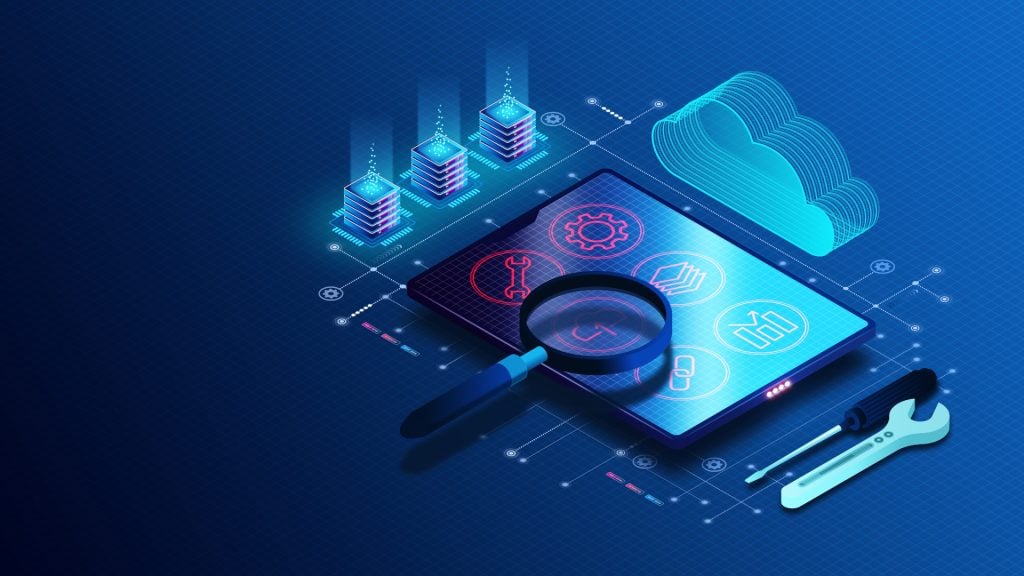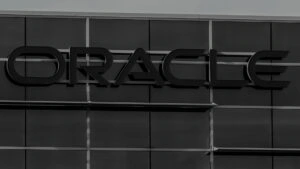Today’s companies are faced with a constantly growing flood of data. In addition, many are struggling with a large number of different monitoring tools in order to get to grips with these volumes of data and prepare them for well-founded decisions.
However, monitoring these tools and the associated data silos make it increasingly difficult for companies to optimize the performance and availability of their applications.
Tackling the problem of tool proliferation
In tool sprawl, companies often use a large number of different IT tools, each of which is intended for specific use cases. This situation often arises when companies introduce multi-cloud environments for different business services. The flood of data in these environments requires professionals to find effective ways to manage this data. As a result, they use a different tool for each application.
These tools and services are often isolated and expensive from both a financial and productivity perspective. For example, if ten different tools are in use, specialists have to familiarize themselves with how each of these applications works, undergo continuous further training, ensure that each software is up to date, eliminate weak points and more.
This administration and maintenance effort takes up time and resources that could actually be used for more important tasks. A fragmented tool landscape leads to inconsistent data analyses, increased manual effort and teams that are not optimally coordinated. The data silos that exist in storage repositories and monitoring tools across different teams lack the context that reflects the relationships and dependencies in hybrid and multi-cloud ecosystems. Without this context, it’s difficult to distinguish between the symptoms and the root cause of a problem, resulting in time wasted chasing false and duplicate alarms or low-priority issues.
In addition, in highly regulated industries such as the financial sector and healthcare, compliance with data governance and data protection poses a particular challenge due to the proliferation of tools. And yet many companies still use several tools and software services for their monitoring. According to a recent study by Dynatrace, the average multi-cloud environment comprises twelve different platforms and services.
Switch from traditional monitoring to unified observability
The change from traditional monitoring to comprehensive observability helps companies to overcome the above-mentioned challenges caused by the proliferation of tools. Monitoring and observability are often equated, but there are important differences. While both systems collect, analyze and use data to track the progress of an application or service, Observability goes a step further and helps professionals understand what is happening in context in a multi-cloud environment.
By collecting telemetry data from endpoints and services, coupled with special analysis functions, an observability solution makes it possible to measure the status, performance and behavior of a system. Teams can gain insights into their on-premises, hybrid and multi-cloud systems and analyze how adjustments to or within these technologies – even the smallest changes to microservices, code or newly discovered security vulnerabilities – impact end-user experience and business performance.
In the first step, observability is based on the following three pillars:
– Logs: A record of the processes within the software
– Metrics: Counts, measurements and calculations on application performance and resource utilization
– Traces: The path that a transaction takes through applications, services and infrastructure of a system from one node to another
In addition to the classic three pillars, observability data also includes events and other signals generated by the system’s components and services.
However, not all observability is the same. Modern observability requires a holistic approach to collecting, processing and analyzing data. This needs to go beyond logs, metrics and traces and focus on security, user experience and business impact. The most important criteria that an observability solution should fulfill are listed below:
– A standardized analysis and automation platform for observability, security and business data
– The collection and processing of all data from all sources while maintaining the context with regard to their topology and dependencies
– The provision of cost-effective and scalable data analytics
– AI as the core of the platform, which includes several techniques such as predictive, causal and generative AI
– The ability to reliably automate business, development, security and operational processes
– The ability to detect and remediate security vulnerabilities in environments on the fly, block attacks in real time and perform data-driven security analysis
– Extensibility to utilize observability, security and business data to support custom digital business applications
Modern observability offers a data-supported methodology for the entire software lifecycle. It centralizes all telemetry data from metrics and events to logs and traces in a central platform. This enables companies to optimize data collection and analysis, improve collaboration between teams, reduce mean-time-to-repair and increase application performance and availability. At the same time, problems caused by the use of too many different monitoring tools are resolved by breaking down data silos and significantly reducing the administrative burden.
Alexander Zachow , Dynatrace, Regional Vice President EMEA Central






